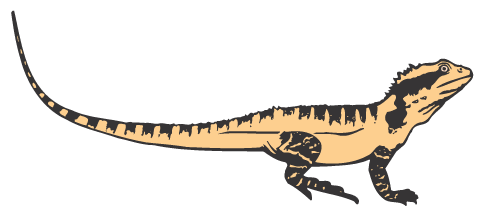There has been plenty of discussion about recovery options on offer for those affected by our ongoing bushfire crisis.
But what does bushfire recovery mean for birds?
For humans, animals and plants alike, the slow road to recovery is very much tied up in initially finding a safe and well resourced haven to call home.
Sadly, this will be a slow journey. How long will it take for bird life to recover from the devastation?
For an informed answer from our resident birder Jim Butler, please head to our Feather Fascination page and check out the January 2020 issue.
You will also find some great articles on this subject on the Birdlife Australia website.

